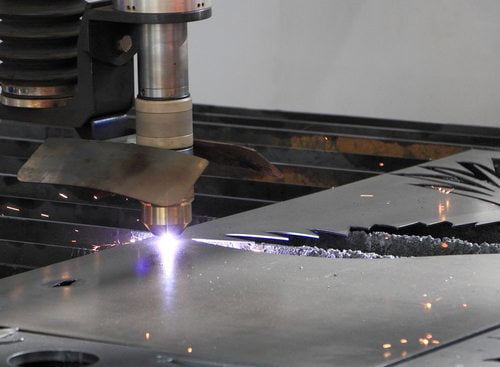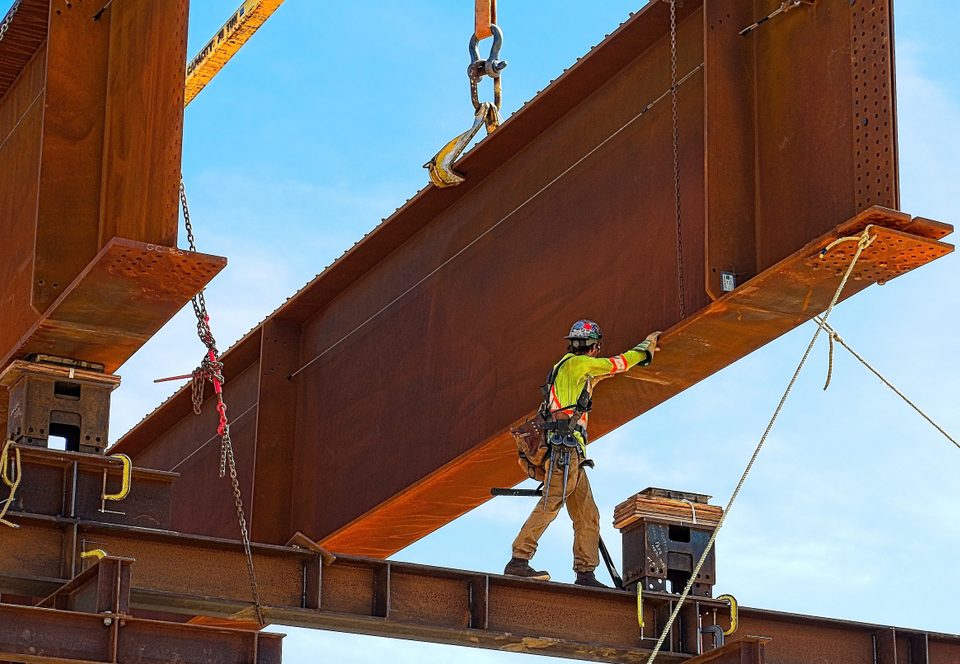Learning About Various Metal Cutting Methods

Equal Vs. Unequal Angle Steel
July 8, 2017
Storage Tips for Welding Materials
July 23, 2017Within steel and the rest of the metal working world, cutting and separating metals is a vital process. There are numerous metal cutting methods out there, starting with basic hand-held items like hacksaws, chisels or shears.
We have these products available at Wasatch Steel, and we also have the necessary items for many larger cutting projects. Let’s look at several machine-cutting processes, and how they work with various metals.
Turning
Turning involves applying the sharp point of a cutting tool to a metal surface as it’s rapidly spun. This removes the top layer of metal to a pre-determined size.
Grinding
Grinding involves a smooth metal surface and very high-quality metal. A grinding machine has an abrasive wheel that turns while making contact with the metal, wearing the surface down and helping separate it.
Drilling
Drilling requires a drill bit applied directly to metal, then the typical combination of force and rotation that you’d see when a screw was being drilled into a wall. Drilling allows for very precise holes in metal where needed.
Welding
Welding or burning techniques involve application of high heat to the surface metal, which brings it up to a temperature at which it will soften and then break along a precise line.
Flame
A gas flame that reaches a temperature of above 3,500 degrees Celsius can also be used. This heats the metal to melting point, then directs a stream of oxygen onto the spot, causing the metal to burn and melt along a line.
Laser
Laser cutting is relatively similar – using a concentrated beam of light that can be reduced to a single point at a very high temperature. This allows exact, precise shapes to be cut out of metal, and lasers are often controlled by a computer to get maximum accuracy here.
Plasma
A more recent technique is plasma cutting, which uses a plasma torch to pump either oxygen or inert gas out of the nozzle while simultaneously sending an electrical arc through the gas. This creates plasma hot enough to melt metal while moving quickly enough to blow metal molten away.
Water Jet
Water jets, or erosion technology, mimic the effect of water on metal in the natural environment – just at a much higher rate. This method doesn’t rely on any heat, and can therefore be used on metals that are sensitive to high heat.
Want to learn more about various cutting processes, or interested in any of our other custom steel services? The pros at Wasatch Steel are here to help.



